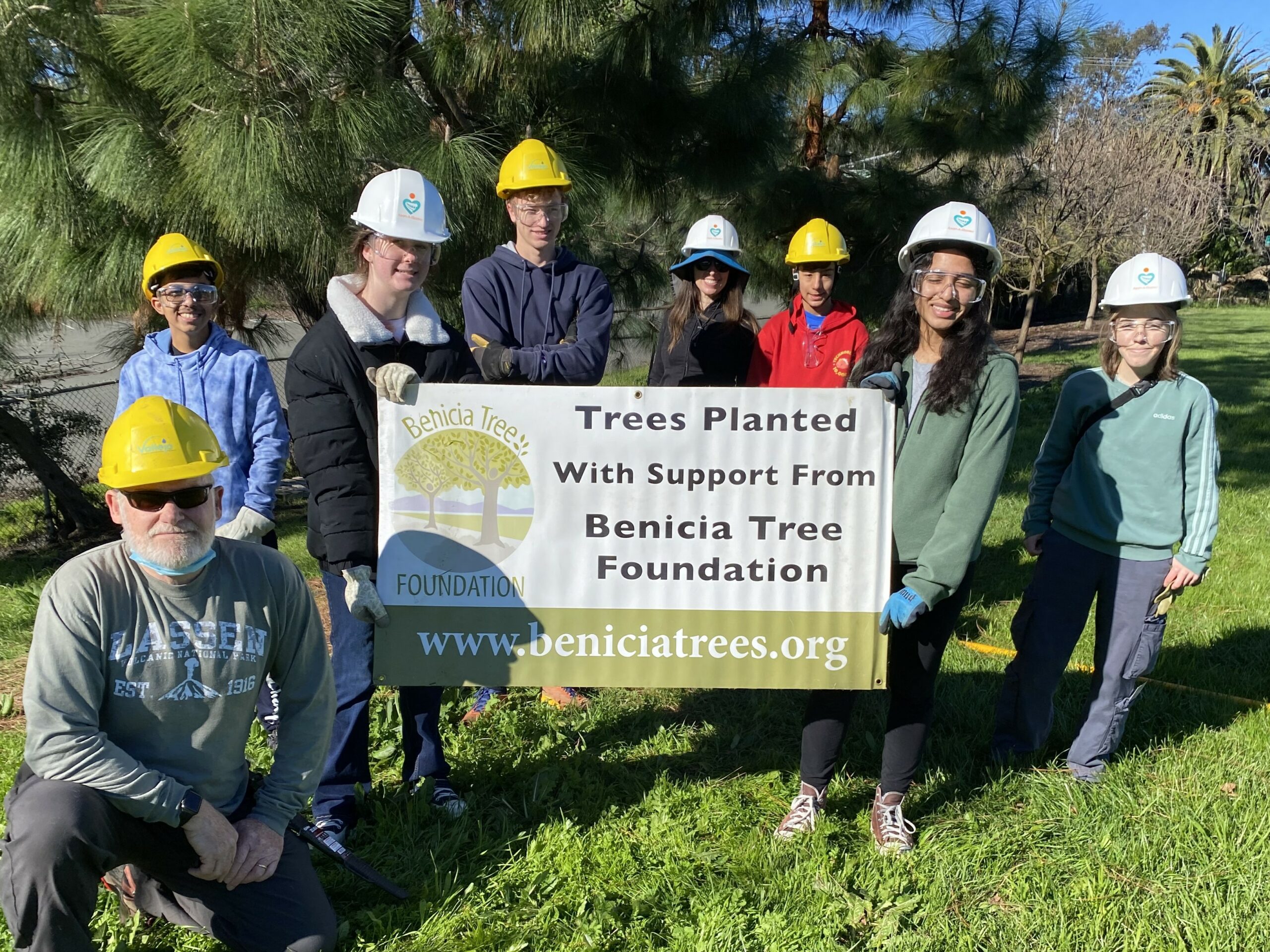PORTLAND, Ore. November 1, 2010. Along with energy conservation and storm-water reduction, scientists may soon be adding crime-fighting to the list of benefits that urban trees provide. Researchers with the U.S. Forest Service’s Pacific Northwest (PNW) and Southern Research Stations have published a new study that suggests that certain types of city trees may help lower property and violent crime rates. Their study—which is posted online in advance of its appearance in a forthcoming printed issue of the journal Environment and Behavior—is the first to examine the effects of trees and other factors on crime occurrence in Portland, Ore.
“ We wanted to find out whether trees, which provide a range of other benefits, could improve quality of life in Portland by reducing crime, and it was exciting to see that they did,” said Geoffrey Donovan, research forester with the PNW Research Station who led the study. “Although a burglar alarm may deter criminals, it won’t provide shade on a hot summer day, and it certainly isn’t as nice to look at as a tree.”
Donovan and his colleague Jeffrey Prestemon, with the Southern Research Station, obtained crime data from the Portland Police Bureau from 2005 to 2007 and grouped the incidents into seven categories. They examined only crimes for which a physical address was given and paired this information with additional data obtained from aerial photographs, onsite visits, and the Multnomah County Tax Assessor’s Office. Their sample of 2,813 single-family homes experienced 394 property and 37 violent crimes.
The researchers then conducted statistical analyses to explore the relationships among crime and more than two dozen variables they compiled, including the number and size of trees on a lot and the size of trees on surrounding areas. Of the tree variables analyzed, canopy size of both street and yard trees and the number of trees growing on a lot had the most effect on crime occurrence—large trees were associated with a reduction in crime, while numerous small trees were associated with an increase.
“ We believe that large street trees can reduce crime by signaling to a potential criminal that a neighborhood is better cared for and, therefore, a criminal is more likely to be caught,” Donovan said. “Large yard trees also were associated with lower crime rates, most likely because they are less view-obstructing than smaller trees.”
Read the entire article on the US Forest Service website by clicking here.
Abstract: The Effect of Trees on Crime in Portland Oregon
The authors estimate the relationship between trees and three crime aggregates (all crime, violent crime, and property crime) and two individual crimes (burglary and vandalism) in Portland, Oregon. During the study period (2005-2007), 431 crimes were reported at the 2,813 single-family homes in our sample. In general, the authors find that trees in the public right of way are associated with lower crime rates. The relationship between crime and trees on a house’s lot is mixed. Smaller, view-obstructing trees are associated with increased crime, whereas larger trees are associated with reduced crime. The authors speculate that trees may reduce crime by signaling to potential criminals that a house is better cared for and, therefore, subject to more effective authority than a comparable house with fewer trees.
Geoffrey Donovan, Jeffrey P. Prestemon




